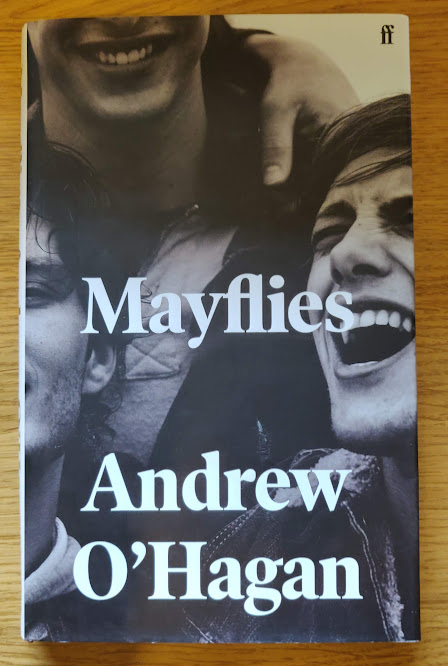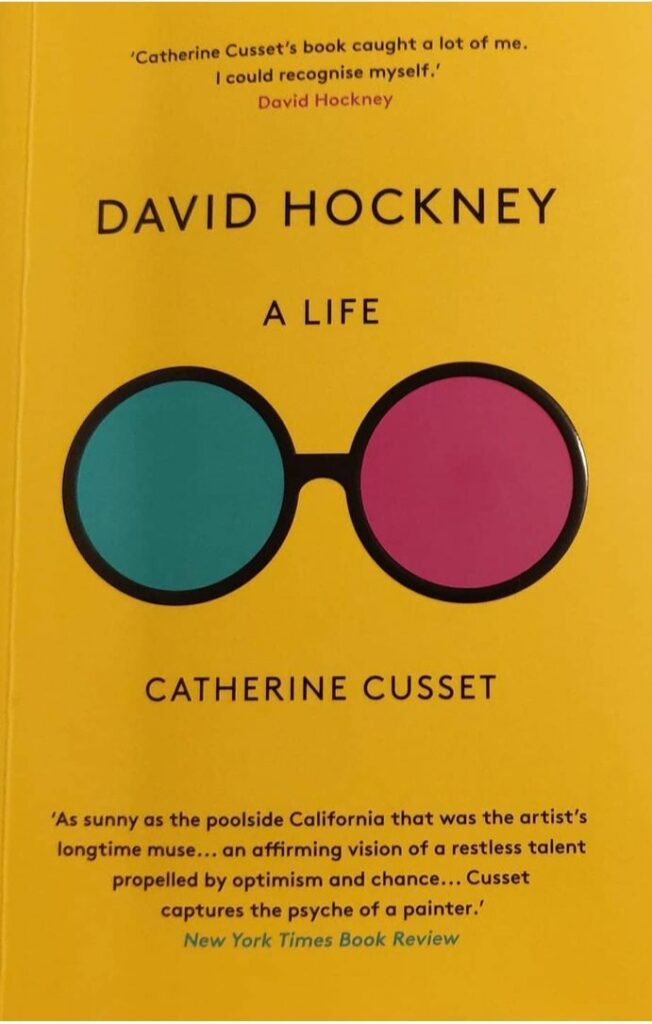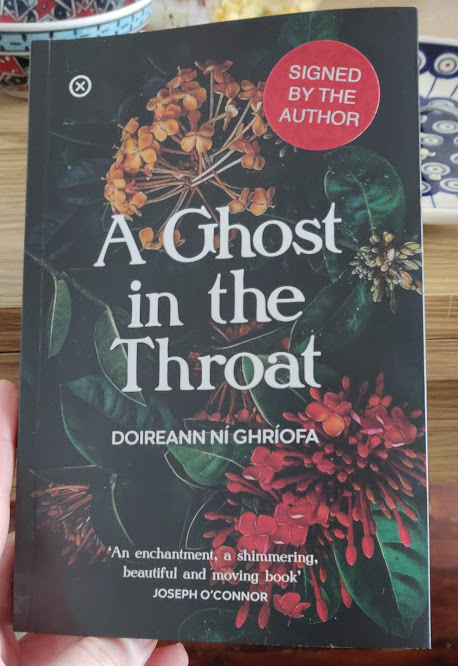The Literature Express by Lasha Bugadze

Works of Georgian literature in translation are few and far between. The English-speaking world appears to have little interest in classical or emerging writers from the Caucasus region. Lasha Bugadze’s The Literature Express was the first Georgian novel I’ve encountered in English. I picked it up in the museum shop at a Karlo Kacharava exhibition. If there had been other Georgian novels in English, I would have picked them up too.
The Literature Express follows the trials of a short-story writer Zaza, who has been selected to represent Georgia along with a poet Zviad on a European-wide train journey of literary figures from the different European nations. While Zviad is quite well known and widely published, Zaza has published one collection of short stories that did not sell well. Zaza’s selection for the literary expedition ruffled feathers in Georgia. Many posited that his mother’s position as Vice President of the Georgian Chess Federation motivated his selection over more-established and well-published writers.
The novel begins in Tbilisi sometime after the Russian invasion of Georgia and subsequent occupation of north-Georgian territories starting in August 2008. The story also starts at the end of Zaza’s relationship with Elene, who seemed to have been aware she was wasting her time paying rent and living to serve a man-child. Despite the dysfunctions of their relationship, it took Zaza sleeping with another woman he met on Skype for Elene to leave him. Georgian women are not portrayed as having high expectations from their men: Zaza’s own father’s attitudes and behaviour parallel his own, with his mother functioning as the only adult in the family.
The train journey starts in Lisbon and ends for the Georgians in Poland because they cannot obtain Russian visas due to the fallout from the war. The other passengers continue as far as Moscow, later regrouping with the Georgians in Warsaw and then onward to a ceremony in Berlin where they announced the winner of a literature contest the organisers had set for the passengers along their journey.
Zaza, our narrator, makes little effort with anyone around him. No one is worth getting to know. He is cynical about the entire exercise and quite misanthropic. Zaza seems shocked and disgusted that other writers on the train write. He does not write much in the novel, even after the announcement of a literary competition on the train. In his life before the train journey, he didn’t seem to write much either. Quite quickly, the entire novel turns its attention to Zaza’s pursuit of the wife of the man who would also become his translator. The big twist in the final few pages might have delivered a bigger blow if Zaza had been sympathetic enough to get invested in. In this regard, the plot and Zaza’s narration of events failed to deliver anything above the infantile.
Each chapter has a section in italics narrated by a different person on the journey, yet these secondary narrators often share Zaza’s voice and cynical outlook in life. A passage in the voice of an older French female author who writes to her sister about her ongoing affair with a young Belorussian writer is probably the novel’s biggest literary failure. The letter is lost to the fact that it is presented without any previous character development and carries no distinguishable style or voice despite being penned by a woman of letters. She’s just Zaza with female body parts.
As this novel involves the author writing in the voice of a character who is also a writer, it can be hard to resist attributing Zaza’s attitudes and opinions to the author himself. The novel takes a cynical view of the modern literary landscape with its childish gimmicks, jealousies, and political bandwagons. A lot of commentary centres around everyone’s envy of one Bulgarian author who had a story published in the New Yorker, with frantic speculation and clinical dissection of the tactics he employed for him to be palatable to such an audience.
The novel feels like an attempt at a joke about a writer capitalising on the momentary western interest in the plight of the Georgian people during the aftermath of the Russian invasion. It reads quite meta because that is precisely what the author did in writing this novel also. The formula of including stereotypes from all European nations on a pan-European journey against the political backdrop of 2008’s Russian invasion seems designed more for western consumption than for local Georgian consumption. As true as some of the commentary is about the state of modern literary institutions and the cut-throat figures climbing over one another to get published, The Literature Express fails to deliver much substance past its commentary.
Throughout the novel Zaza invokes ‘Georgian’ without ever demonstrating what that means. ‘Georgian’ is construed as negative, insular, and conservative. Zaza laments that the Georgian language fails to capture the ecstasy of erotic life, having only the banal ‘entering’ or vulgarities to describe sexual intercourse. However, there is one alleged sex scene in the novel and the author doesn’t extend the range of the Georgian literary imagination during this act. Perhaps the vocabulary would grow richer if writers wrote better.
The author’s motivations in this novel remain debatable. He made Zaza a lazy, vapid, neurotic, self-obsessed, dull, horny nepo baby. He had him cry that there are no readers in Georgia yet he takes us on no literary journey within himself. Zaza laments illiterate writers and poets yet doesn’t demonstrate a desire to read either. Zaza doesn’t talk about any writers he admires or idolises. The author portrays modern writers as largely hostile, self-centred, jealous egoists, Zaza included. He devoted the majority of the plot to the pursuit of a vapid woman. Towards the end of the story, Zaza says “I’m a third-rate character and novels are never written about the likes of me” – was that the exercise? Either all these choices were intentional, and if so, why? Otherwise they might be a mirror of the author, a demonstration of the full range of his abilities.
The scenes from the novel evoked the question: why would anyone want to spend time reading if these are the writers of our time? It’s easy to argue that the author’s motivations might have been to express: there are no longer readers precisely because of the career-motivated characters like the protagonist. However, it’s also hard not to view this very novel as career motivated. Even if that was the author’s intent, there are still more enjoyable ways to do it.
This novel is the literary equivalent of Natasha Bedingfield’s Unwritten.


